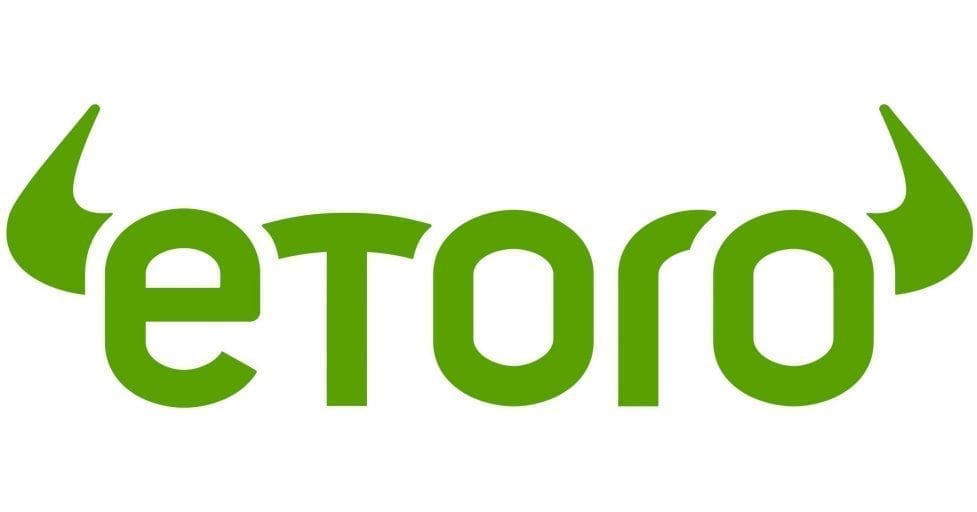Capital Raising – A BUY, HOLD, or SELL Signal?
In simple terms, capital raising is a company’s attempt to raise cash from outside sources. Taken at face value, it means the company needs more money than it has internally to achieve some strategic goal. To many investors, the nature of the goal is the determining factor for whether to hang on to existing stock, buy more, or sell all or some of the stock.

What Is Capital Raising?
Although the myriad of ways a company has at its disposal to raise capital can lead to confusion, the simple definition remains the best. A company needs an amount of money that exceeds a fiscally sound allocation of its own cash. The company goes to market to shop. The market consists of existing shareholders, both institutional and retail investors, lending institutions, or private equity investors.
Companies need more capital for a variety of reasons, cloaked in terms like strategic goals and financial stability. Specific objectives that require the additional capital include:
- Research & Development of new products and/or services
- Expansion into new markets
- Acquisitions of competitive or complementary companies
- Expansion and upgrading of existing facilities
- Physical property acquisitions
- Intellectual property acquisitions
- Financing needed for existing operations
- Restructuring debt obligations
- Improving financial health
- Paying down debt
Top Australian Brokers
- Pepperstone - Trading education - Read our review
- IC Markets - Experienced and highly regulated - Read our review
- eToro - Social and copy trading platform - Read our review
Types of Capital Raising
The two most common types of capital raising are Debt Financing and Equity Financing. These are the two most likely to arouse the ire of investors.
Debt financing, as its name clearly implies, involves the company taking on more debt, with additional interest payments.
Typically companies will search the markets for the best deal, often starting with traditional loans from one of the Big Four Australian Banks or a regional or local bank, depending on the size of the company and its location.
Companies can also issue corporate bonds with fixed or variable interest payments.
Depending on its needs, companies can benefit from spacing out its spending through lines of credit.
Hybrid Securities are a moderately complex combination of debt and equity financing, where the company gives the lender the option to convert the original amount of the loan and any accrued interest into stock in the borrowing company. At a specified future date.
Equity financing, as its name suggests, involves selling new shares in the borrowing company to investors. Institutional Placements restrict new share sales to high net worth investors, investment banks, mutual funds, or pension funds. Public Offerings are open to the general public with initial and secondary offerings. When a privately held company decides to become publicly traded, shares are offered in an Initial Public Offering (IPO) Listed companies raise capital via Secondary Offerings.
Companies can also raise capital by offering existing shareholders Rights Offerings, sometimes referred to as Rights Issue or Subscription Rights Offerings. Existing shareholders have the right, but not the obligation, to buy new shares of the company at a discounted or subscription price.
Why Does Capital Raising Cause Share Prices to Fall?
Newcomers to the markets are often surprised and shocked when they see the share price of one of their new investments fall following the announcement the company was raising money by selling new shares.
In theory, one would assume borrowing money, no matter the method, to grow the company in some way – new or improved products, new markets, expanded infrastructure, or acquisitions – would be seen by the markets as a positive thing.
The market is a conglomerate of interests where it is perception, not reality, which moves share prices. No matter the facts a company can provide about how the new capital will grow the company, if the marker “perceives” the move as a sign of weakness, not strength, the share price will fall.
There are a variety of reasons experts tell us could cause share prices to fall following a capital raising. At the top of the list is dilution.
Anytime a company issues new shares to raise capital through a public offering, a private placement, or a rights offering the total number of shares outstanding will rise. This has two immediate negative impacts on current shareholders.
First, the new shares dilute the value of existing shares. Second, the EPS (earnings per share) metric will drop as the denominator in the EPS calculation – total shares outstanding — increases while the numerator – earnings – remains the same.
A drop in EPS can make the shares less attractive to new investors, with the resultant diminished demand for the stock driving down the price. This drop represents the classic economic principle of supply and demand. In the case of an equity capital raise, the available supply of the stock increases while demand remains constant or lowers.
Discounting the newly purchased shares in private placements, rights offerings to existing shareholders, or public offerings to the general public offering also can have an immediate impact. The lower sale price frequently drags the existing market price down towards the discounted levels.
Finally, whether the stock price rises, falls, or remains constant following a capital raising comes down to how market participants perceive the company’s rationale for the raise. If the market perceives the capital raise as a sign of strength, the impact of the share price may be minimal. If the market perceives the raise as a sign of weakness, the share price is likely to fall.
Capital raises to fund existing operations can be perceived as a sign the company is incapable of generating enough cash to operate without immediate outside help. Capital raises to reduce existing debt and improve the company’s financial strength can be perceived as a sign the company’s past operations have accumulate too much debt.
Is Capital Raising a Signal to Sell?
Markets have a tendency to “shoot first and ask questions later.” This may explain why some investors jump to sell shares following the initial announcement of a capital raising. This strategy ignores the vital importance of asking the question – why?
The question of whether the company is acting out of strength or weakness can be addressed by researching the company’s history. Some startups and companies spending heavily to reach profitability raise capital through equity offerings repeatedly. Readily available information on a company’s total debt, total cash, and debt to equity ratio can indicate whether or not the company is in financial trouble.
When the company fails to convince investors that it is acting to promote future growth, investors may view that as a sell signal as well. Whether it be acquisitions, expansion into new markets, or new product launches, common sense would seem to say these are positive signs, but market participants may perceive otherwise.
A capital raising is a company’s method of raising cash from outside sources. When the raise involves issuing new equity shares in the company, the share price may fall with some investors viewing the raise as a signal to sell the stock.
Capital raisings can take many forms, from traditional loans to venture capital loans, to issuing corporate bonds, through releasing new shares to existing and new investors. Capital raises for growth expansion are often seen as positive signs of strength, although some investors choose to sell since the new shares issued dilute the value of their holdings. Capital raises for purposes of debt reduction or restructuring can be seen as signs of growth depending on the company’s operating history acquiring and managing debt but is often seen as a clear sell signal.





